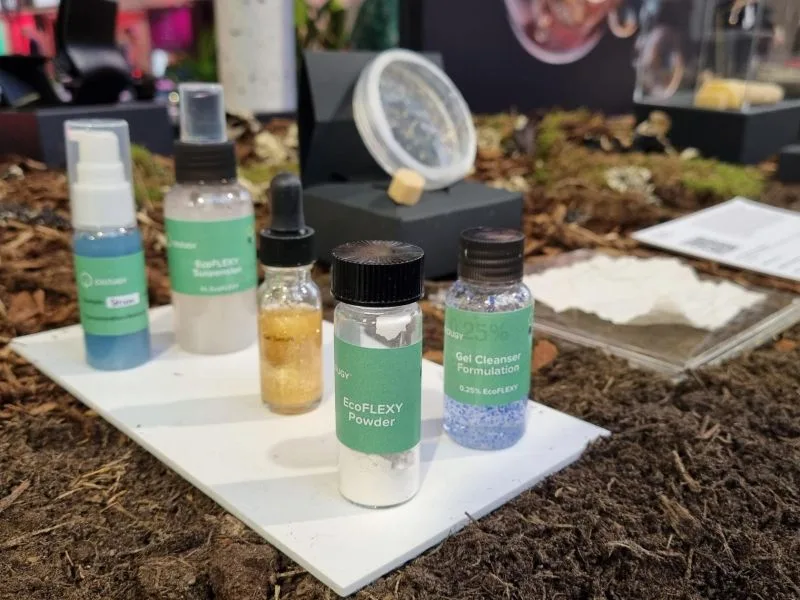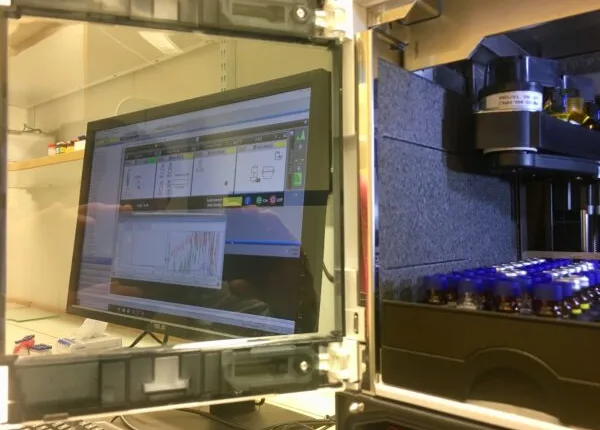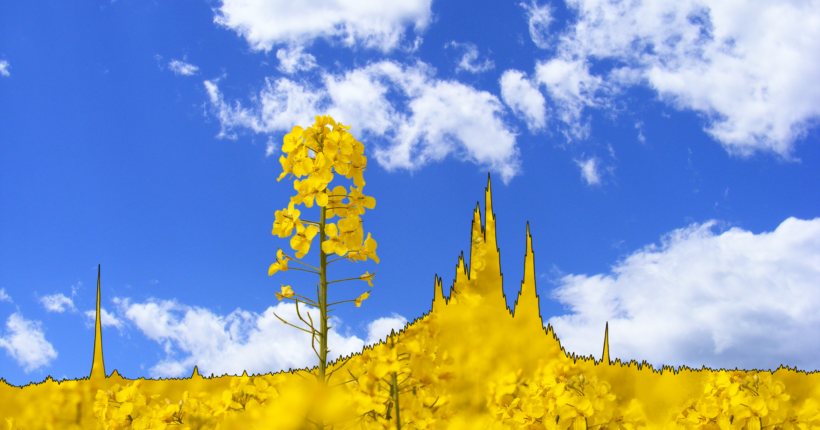What if the paper packaging was coated with a cellulose material, making it a mono-material rather than a multi-layer-material or hybrid? What if the rheology modifier was fully biobased and bioprocessed, with a carbon footprint 80% of the fossil-based counterpart? What if the water resistance in our clothing came from a 100% biodegradable fiber?
This is what makes the team at Cellugy get up in the morning, to develop impactful applications for their biofabricated cellulose.
Bioprocess and CR process
What could make the team at Cellugy not sleep at night however, is the complicated analytical needs of high importance to optimize the fermentation process and have good quality control for different grades and applications. This is where CR was introduced, to do what we do best so they could focus on what they do best.
The team at Cellugy selected a way of working where they would be highly involved all the way: the RnD satellite. This is a way of working where we, Henrik Almqvist in this case, take the role as a scientific peer and advisor. Henrik guided Cellugy in their own lab efforts by weekly updates on experimental designs and results. After 10 weeks, the Cellugy team had the analytical method verified and up and running.
In addition to the tangible delivery of an analytical method, CR also contributed in a set of discussions on how to best bench mark and test the material for future applications in need of a sustainable design.
At CR we enjoy working with managers that trust science can drive results and that understanding provides the true short cut. Working with Cellugy towards their ambitious vision is in line with our own.
We are very pleased to work together with Henrik and CR in solving our analytical challenges. Cellulose 3D network is super complicated to analyze and that is what hinders us in understanding how it works in certain conditions. We are really looking forward to continue to work with the team to detangle those complex problem one step at a time.
Debye Fapyane, CSO and co-founder of Cellugy






